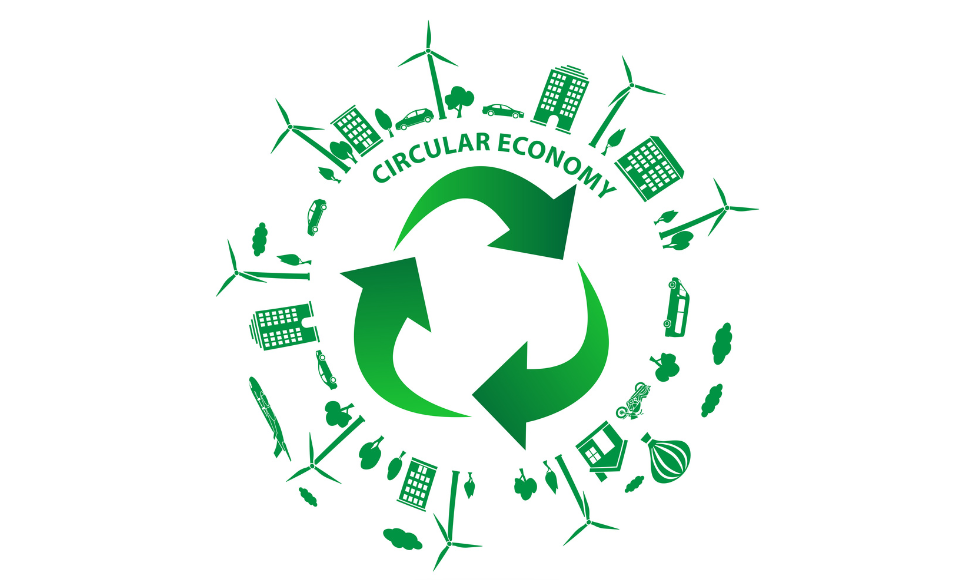Could public bank collaboration be the key to combating the climate crisis? Expert Thomas Marois explains

Policymakers should repurpose public banks to work together globally and nationally so climate finance can be policy-driven and public rather than profit-driven and private, Marois says.
BY Chris Pickles, Faculty of Social Sciences
April 24, 2024
Public banks are crucial for financing the United Nations 2030 Sustainable Development Goals at the pace, scale, and on the terms needed for just transitions, a McMaster researcher says.
“To date, policymakers have not made sufficient use of already existing and powerful climate finance resources that are public,” says Thomas Marois, professor of political economy in the Department of Political Science at McMaster.
Marois is also director of the Public Banking Project, a McMaster-based initiative that explores the important roles public banks play in achieving the UN 2030 Sustainable Development Goals (SDGs).
Right now, there is a collective failure to finance the fight against the global climate crisis, Marois warns.
That’s because of an over-reliance on the belief that private finance will meet key climate goals, even though it consistently underperforms, he says. Instead, policy makers need to seriously reconsider the role of public banks.
The Public Banking Project explores the important roles that public banks already play in combatting the climate crisis.
THE LIMITATIONS OF PRIVATE FINANCE
The strategies for financing the SDGs have so far placed disproportionate faith on private finance and investors, who have regularly been unable or unwilling to meet the investment requirements and do so in ways that promote just transitions, Marois says.
“Overall, total climate investments, both public and private, are nowhere near the levels needed to close the SDG investment gaps by 2030,” he says. “But it is private finance that falls well-behind public finance. In 2022, tracked climate finance saw private investors spend $463 billion – but public investors, with one-fifth the resources, spent $730 billion.
The challenge is that private investors are beholden to shareholders, meaning that profits often come before just climate action, especially in the global south or in marginalized communities.
“But public alternatives can and do already prioritize socio-environmental concerns,” Marois says.
“Viable public alternatives just haven’t garnered sufficient attention.”
THE POWER OF PUBLIC BANKS
There is a vast amount of financial power held in public financial institutions across the world, Marois notes.
There are around 1,160 public financial institutions globally — including multilateral and central banks — with total assets exceeding $66 trillion. “That’s 20 per cent greater than the 2023 GDPs of the USA, China, Germany, Japan, and India combined,” Marois says.
While public finance accounts for 51.6 per cent of climate financing, compared to private investors’ 32.7 per cent, of these powerful public institutions can be further leveraged to help meet the UN’s Sustainable Development Goals, he says.
THE RECOMMENDATION
At its core, the Public Banking Project’s recommendation sounds simple: Make climate finance policy-driven and public rather than profit-driven and private.
To do so, policymakers should prioritize the collaborative potential of public finance, Marois says. That means repurposing public banks to work together at the national and international scales. “There need to be mandates that foster a global ecosystem of public-public collaboration, where all levels of public banks are working in harmony to meet our climate goals justly.”
It’s no small task, he’s aware.
“But the stakes have never been higher.”
Thomas Marois is in New York attending the UN Finance for Development preparatory meetings for the 4th International Conference on Finance for Development to be held in 2025.


